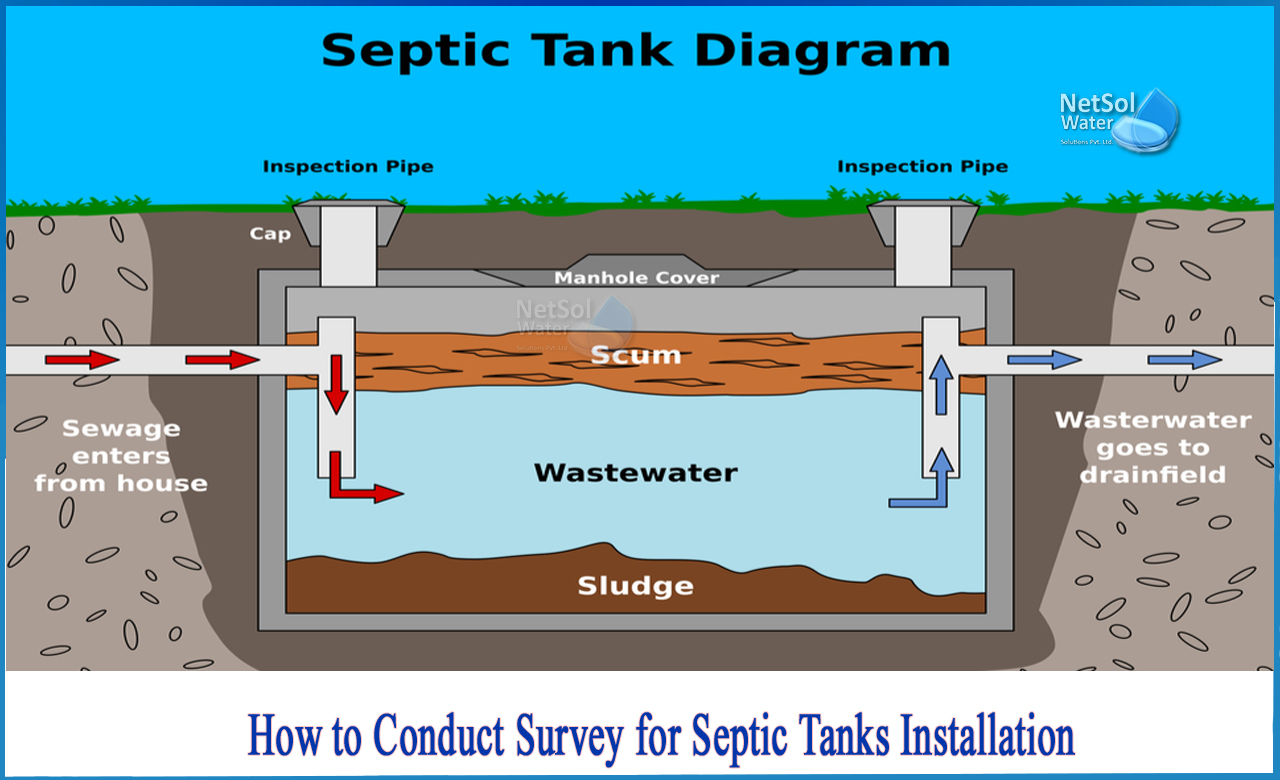How to conduct survey for septic tanks installation?
When it comes to installing septic tanks, home refurbishment routes are a popular option, especially for potential cost savings. Hiring a professional contractor can be costly and should be used to install some large systems which can take up to a week. However, unless you have a mini excavator and you have at least some plumbing skills and experience, it is highly recommended that you include these costs in your plan.
Off-the-grid sewerage systems can be confusing if not properly installed. Hiring a professional contractor to perform the installation is the best way to ensure that your system fits your need, is reliable, and complies with the law. Improper installation is often the cause of most septic tank drainage problems.
However, if you have the skills and experience to install it yourself, the following article will guide you through the various steps and phases of planning and preparing for the installation:
Step 1: Understand the law-
The legal aspects of installing a pipe drainage system can be very difficult. There are rules and regulations for everything from the type of tank that is suitable for your property to the location of installation, drainage, and acceptable soil conditions.
This article focuses on the rules and regulations for installing septic tanks. For the septic tank, it is especially important to be aware of the latest laws, as the locations that can be emptied have also changed significantly.
The best place to start is to thoroughly review the general binding rules. This should regulate your system's plans and provide information on whether septic tanks are suitable for your property.
The following points outline the main rules for septic tanks.
>Must be installed at least 7 meters away from the habitable building
>Must be installed within 30 meters of the sludge removal service access point
>Septic tanks can only meet the sewage needs of a limited number of people
>They can only be introduced in permeation / drainage fields
>Drainage should not flow directly into waterways (streams, lakes, etc.)
>Approval for initiation must be requested from theMunicipal authority
>The septic tank should be able to drain / septic tank if the conditions of the general binding rules are met.
The drainage site (or infiltration system) consists of a series of perforated / slotted pipes, which is the main treatment stage for waste discharged from septic tanks. However, there are additional rules for setting up drains.
To do this, dig a 1m2 test hole from the bottom of the planned drainage pipe to a depth of at least 1.5m. The water table must not rise 1 m below the water level. Remember that groundwater levels vary from season to year. So, take this into account.
The following additional rules apply to the installation of drainage panels:
>No part of the drain should be within 2 meters of the adjacent border
>Must be at least 10 meters away from the waterway
>Must be at least 15 meters away from the building, at least 50 meters away from the water supply (e.g., well or borehole)
>There should be no access roads, driveways, or paved areas within the area. If the property does not meet the drainage requirements due to poor soil results or insufficient space, install a sewage treatment plant to drain into the canal instead.
Step 2: Site Survey-
To purchase and install the most suitable septic tank for your property, you must first evaluate the location and determine the conditions that will affect your choice. The best way to do this is to ask the following question: Firstly, check whether your drainage system can be connected to the public sewer. If no, then go for Septic tank.
Next, you need to make sure that the proposed system complies with the general mandatory rules described in step 1.
How can I conduct a field survey of septic tanks? Before you start designing your system, you need to do the following:
>Search the groundwater source protection zone to make sure the property is not in a restricted groundwater protection area.
>Perform a site evaluation drill test to determine the water level below your property.
>Perform a penetration test to ensure that the soil is suitable for the drainage site.
If all the above give good results, you can move on to the system design phase.
For more information on installation of septic tanks, consult Netsol Water.
Netsol Water is Greater Noida-based leading water & wastewater treatment plant manufacturer. We are industry's most demanding company based on client review and work quality. We are known as best commercial RO plant manufacturers, industrial RO plant manufacturer, sewage treatment plant manufacturer, Water Softener Plant Manufacturers and effluent treatment plant manufacturers. Apart from this 24x7 customer support is our USP. Call on +91-9650608473, or write us at enquiry@netsolwater.com for any support, inquiry or product-purchase related query.



